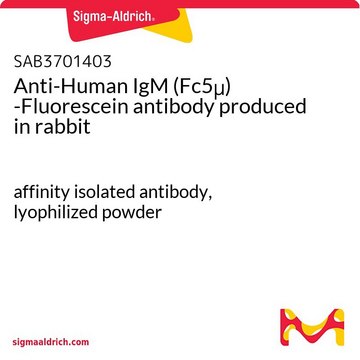Wichtige Dokumente
02857
Ethanol
purum, fine spirit, denaturated with 4.8% methanol, F25 METHYL1, ~96% (based on denaturant-free substance)
Synonym(e):
Ethylalkohol
About This Item
78 °C
Empfohlene Produkte
Dampfdichte
1.59 (vs air)
1.59 (vs air)
Dampfdruck
44.6 mmHg ( 20 °C)
44.6 mmHg
Qualität
purum
fine spirit, denaturated with 4.8% methanol, F25 METHYL1
Assay
~96% (based on denaturant-free substance)
Form
liquid
Selbstzündungstemp.
683 °F
Expl.-Gr.
19 %, 60 °F
19 %
Brechungsindex
n20/D 1.3600 (lit.)
n20/D 1.362
bp
78 °C (lit.)
78 °C
mp (Schmelzpunkt)
-114 °C
−114 °C (lit.)
Format
neat
SMILES String
CCO
CCO
InChI
1S/C2H6O/c1-2-3/h3H,2H2,1H3
InChIKey
LFQSCWFLJHTTHZ-UHFFFAOYSA-N
Suchen Sie nach ähnlichen Produkten? Aufrufen Leitfaden zum Produktvergleich
Allgemeine Beschreibung
Anwendung
- Poly(sulfobetaine) versus poly(ethylene glycol) based copolymer modified polyurethane catheters for antifouling: This study examines the use of ethanol in the synthesis of polymers designed to reduce biological fouling on medical devices, highlighting its role in advanced healthcare materials research (Cao et al., 2024).
- Green synthesis of polyimide by using an ethanol solvothermal method for aqueous zinc batteries: Ethanol is used as a green solvent in the innovative synthesis of polyimide structures, emphasizing its importance in sustainable material production and energy storage solutions (Zhao et al., 2024).
- Modulation of gut microbiota with probiotics as a strategy to counteract endogenous and exogenous neurotoxicity: Research explores the indirect applications of ethanol in the solvent extraction processes used for studying neuroprotective strategies in medical research (Skalny et al., 2024).
- Superselective Ablative Chemo-ethanol Embolization for Recurrent Single Hepatocellular Carcinoma: A Six-Month Outcome Analysis: This clinical study utilizes ethanol directly in therapeutic interventions, demonstrating its critical use in oncological treatments to improve patient outcomes (Lee et al., 2024).
- Self-Assembly Reinforced Alginate Fibers for Enhanced Strength, Toughness, and Bone Regeneration: Ethanol is employed in the processing of novel biomaterials designed for medical applications, showcasing its utility in the development of regenerative medicine technologies (Cui et al., 2024).
Sonstige Hinweise
Fußnote
Signalwort
Danger
H-Sätze
Gefahreneinstufungen
Eye Irrit. 2 - Flam. Liq. 2 - STOT SE 2
Zielorgane
Eyes,Central nervous system
Lagerklassenschlüssel
3 - Flammable liquids
WGK
WGK 1
Flammpunkt (°F)
57.2 °F - closed cup
Flammpunkt (°C)
14 °C - closed cup
Zulassungslistungen
Zulassungslistungen werden hauptsächlich für chemische Produkte erstellt. Für nicht-chemische Produkte können hier nur begrenzte Angaben gemacht werden. Kein Eintrag bedeutet, dass keine der Komponenten gelistet ist. Es liegt in der Verantwortung des Benutzers, die sichere und legale Verwendung des Produkts zu gewährleisten.
EU REACH Annex XVII (Restriction List)
Hier finden Sie alle aktuellen Versionen:
Besitzen Sie dieses Produkt bereits?
In der Dokumentenbibliothek finden Sie die Dokumentation zu den Produkten, die Sie kürzlich erworben haben.
Unser Team von Wissenschaftlern verfügt über Erfahrung in allen Forschungsbereichen einschließlich Life Science, Materialwissenschaften, chemischer Synthese, Chromatographie, Analytik und vielen mehr..
Setzen Sie sich mit dem technischen Dienst in Verbindung.






